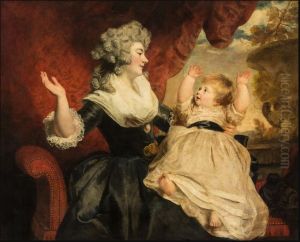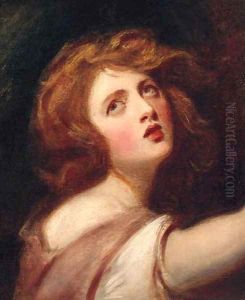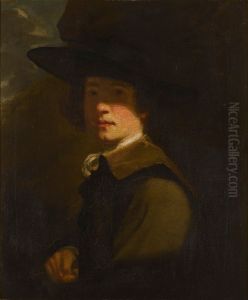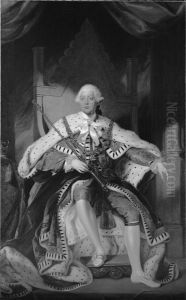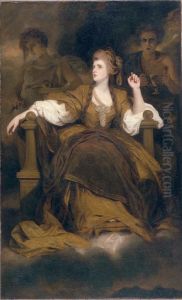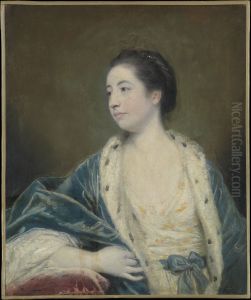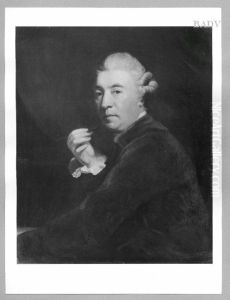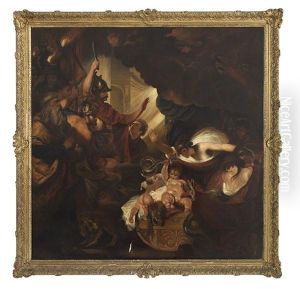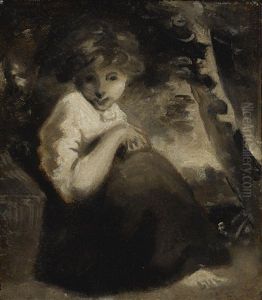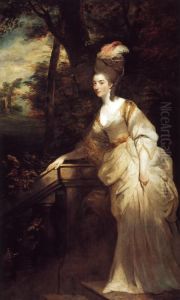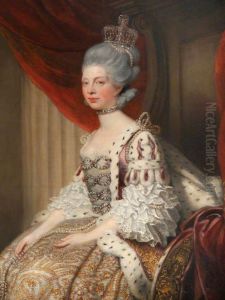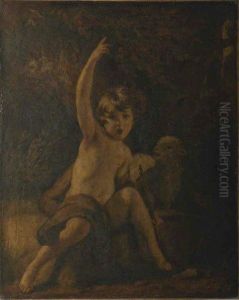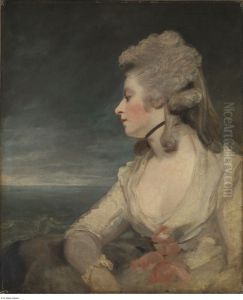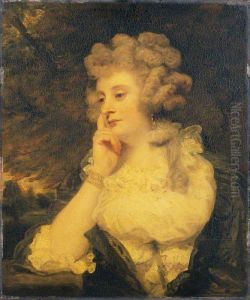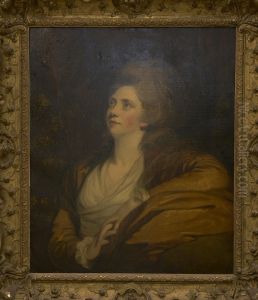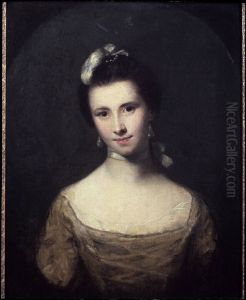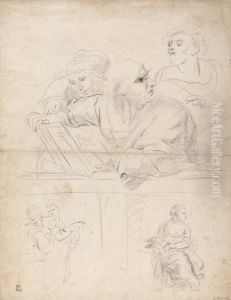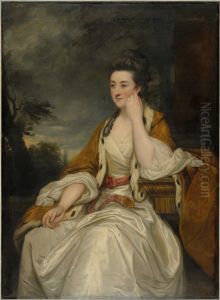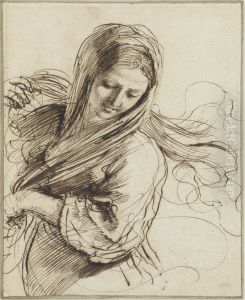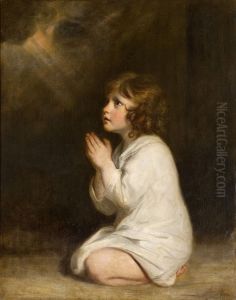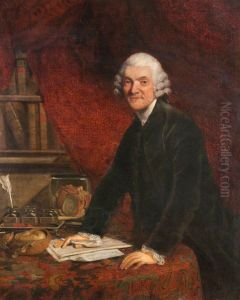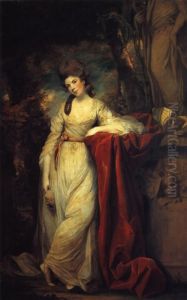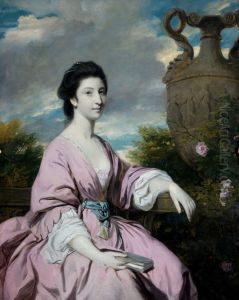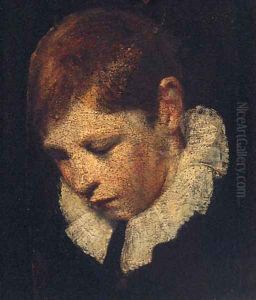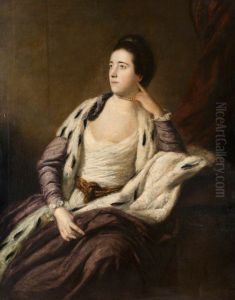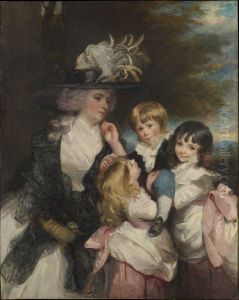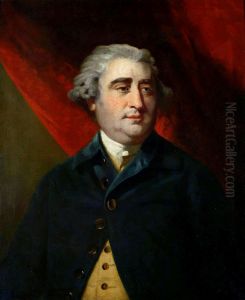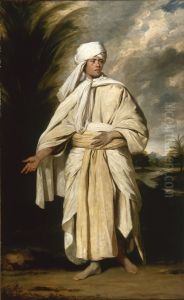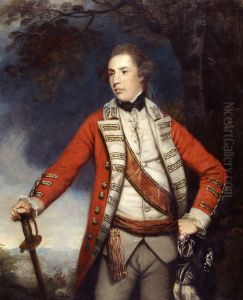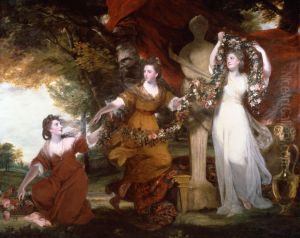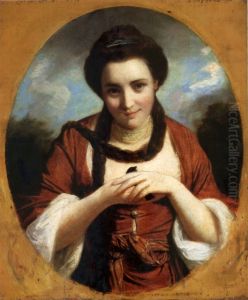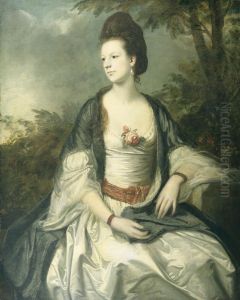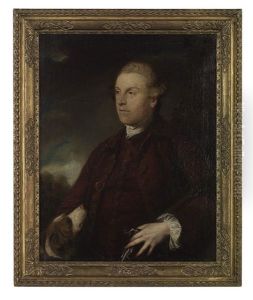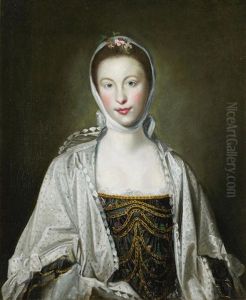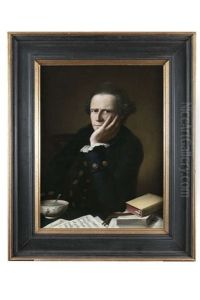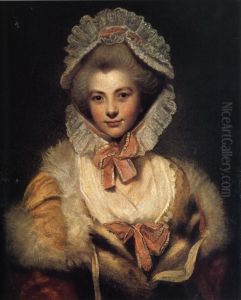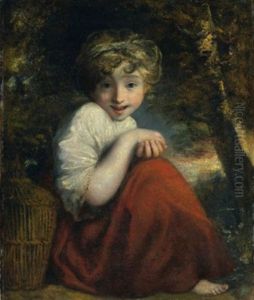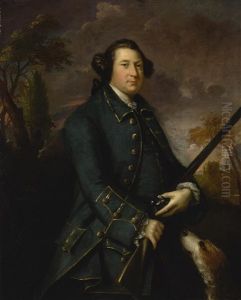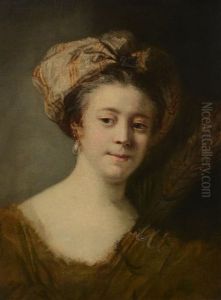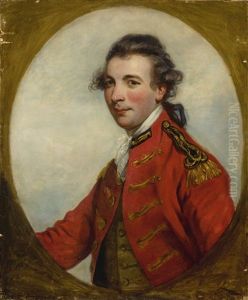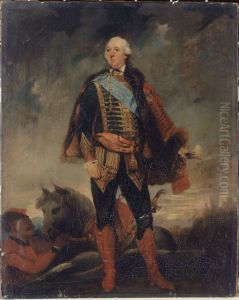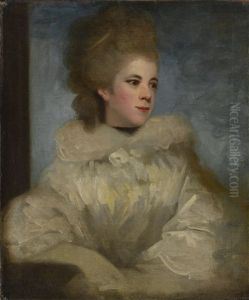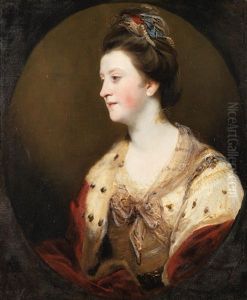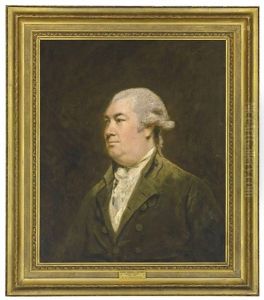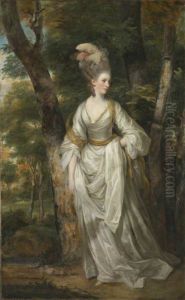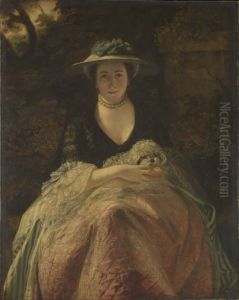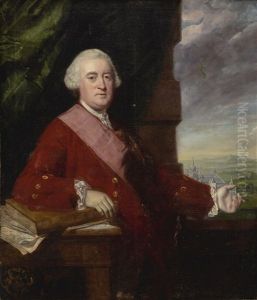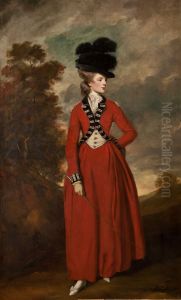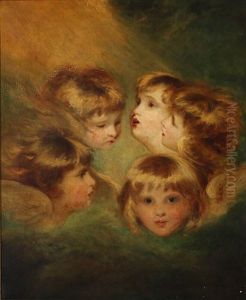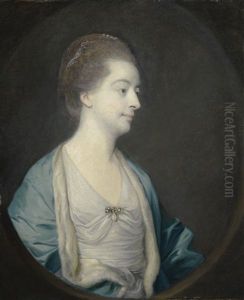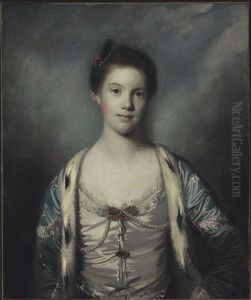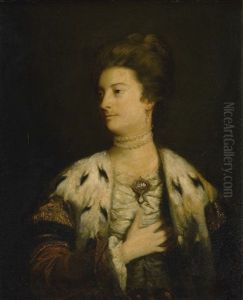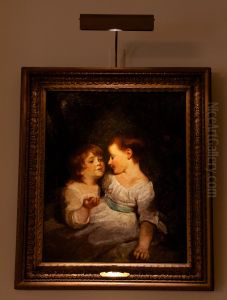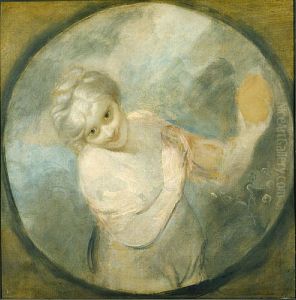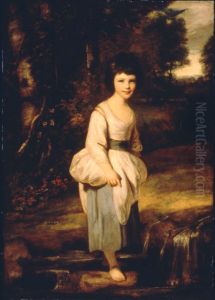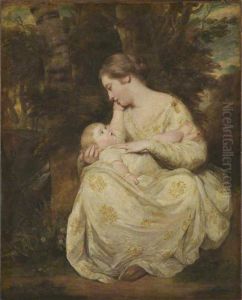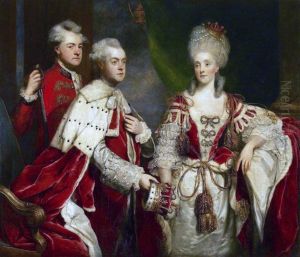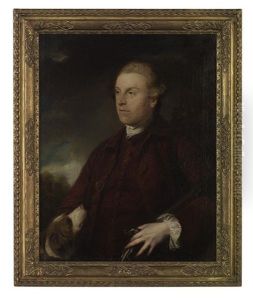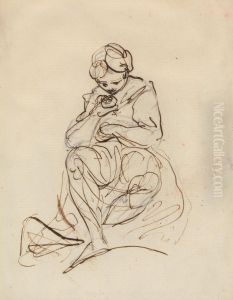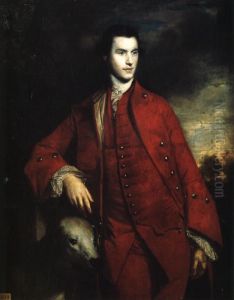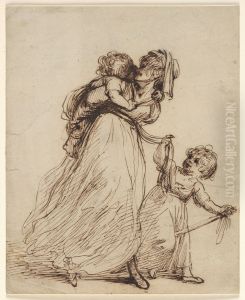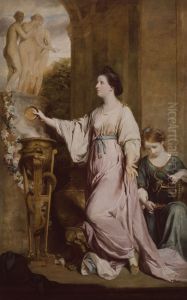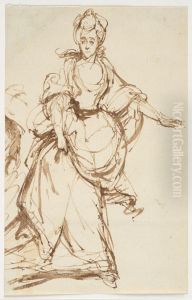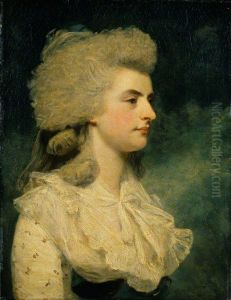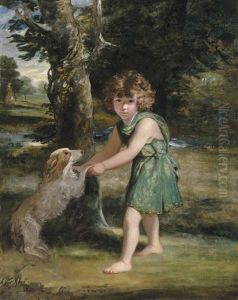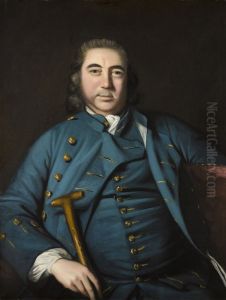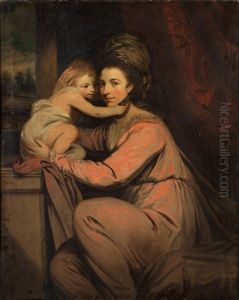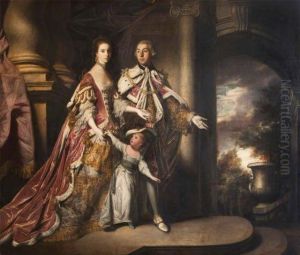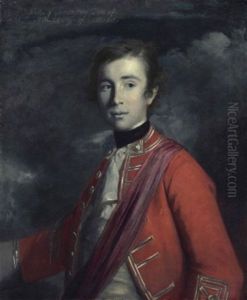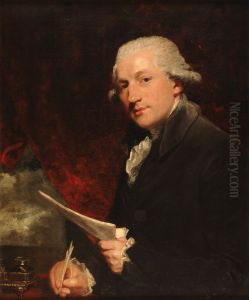Of Sir Joshua Reynolds Paintings
Sir Joshua Reynolds was a pivotal figure in 18th-century British art, celebrated for his portraits and a key member of the intellectual circle that included Samuel Johnson, Edmund Burke, and Oliver Goldsmith. Born on July 16, 1723, in Plympton, Devon, England, Reynolds was the son of a school headmaster. He showed an early interest in art and was apprenticed to the portrait painter Thomas Hudson in London in 1740. After his apprenticeship, Reynolds traveled extensively in Italy from 1749 to 1752, where he studied the works of the Old Masters, which had a lasting influence on his artistic style.
Upon his return to London, Reynolds quickly established himself as a portrait painter. In 1768, he became a founding member and the first president of the Royal Academy of Arts, a position he held until his death. His lectures, or 'Discourses,' delivered at the Royal Academy, were influential in shaping the theoretical framework of the Romantic movement in England. Reynolds was knighted by King George III in 1769, becoming the first artist to receive such an honor, which was a testament to his standing in British society and his contribution to the arts.
Reynolds's work is characterized by its grandeur and use of light, drawing inspiration from classical art to elevate the status of portraiture. He was adept at capturing the personality and social stature of his subjects, often using props, costumes, and backgrounds to enhance the narrative of his paintings. His portraits of contemporary celebrities, aristocracy, and royalty were highly sought after, and he painted many of the leading figures of his day.
Despite his success, Reynolds faced personal challenges, including a deafness that worsened with age. He never married and devoted his life to his art and the Royal Academy. His influence extended beyond his death on February 23, 1792, shaping British art and portraiture for generations. Reynolds left a legacy not only through his paintings but also through his writings and role in the establishment of the Royal Academy, which continues to play a vital role in the promotion of the arts in the UK.
